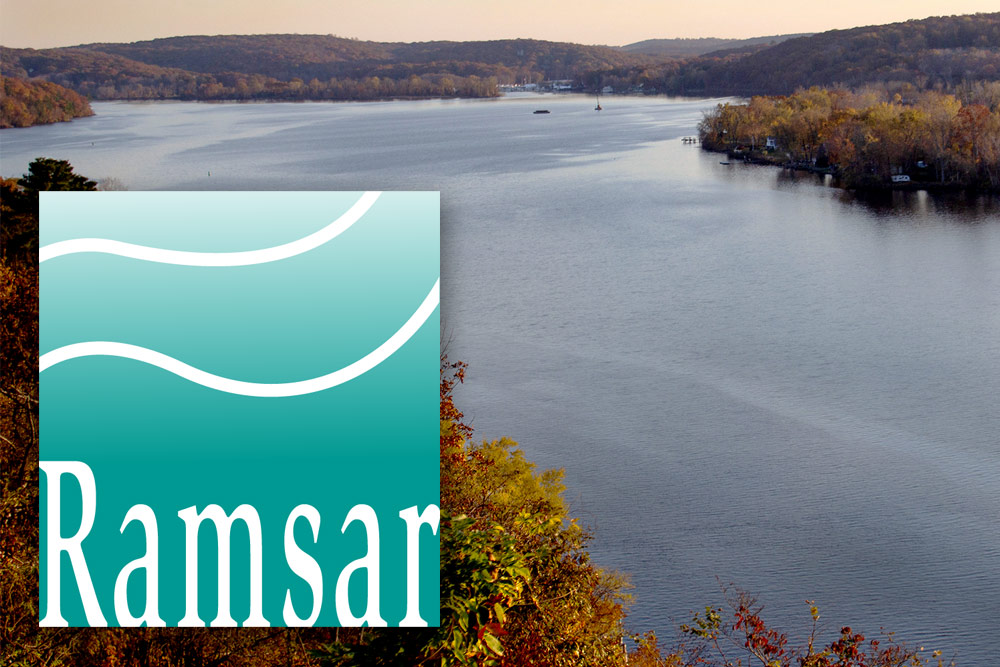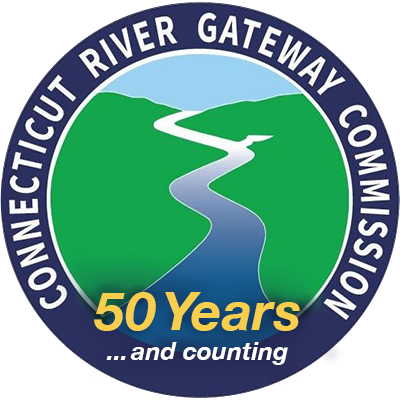Key Regulatory Standards
Building Height
Goodspeed Opera House, Katie Perzanowsk
The Goodspeed Opera House, built in 1876 by shipbuilder and merchant William H. Goodspeed, towered six stories above the Connecticut River.
In recognition of the historic building and the surrounding village’s scenic quality, the Connecticut River Gateway Commission and the East Haddam Planning & Zoning Commission collaboratively developed unique zoning standards that included an exception for the landmark theater’s height.
Today, managing the height of new structures built within the Zone is an important priority for the Connecticut River Gateway Commission and the eight member towns.
Designing structures to meet a height standard on steep slopes can be a challenge, but nevertheless the Gateway Commission and towns strongly believe a height limitation is essential to preserving and protecting the “natural and traditional riverway scene.”
Regulations specify that buildings and structures may not be constructed, expanded or altered to exceed a height of 35 feet.
Spires, cupolas, towers, flagpoles, and similar architectural features that do not exceed more than 10% of a building footprint and which are not intended as living quarters, may be acceptable depending on a town’s regulations and providing that the features themselves will not significantly affect the riverway scene.
The Gateway Commission standards measure structure height from the “existing natural grade” rather than an average grade or a grade manufactured through fill. This definition is necessary because structures were being built on river hillsides that, although measuring 35 feet from “grade” to the peak, appeared to be three and even four story structures when viewed from the river.
Commission staff can provide guidance on how to modify a design, if needed, to be compatible with the regulation.
This page is intended only as a general summary. Please refer to the Commission’s standards for complete regulatory language.

The Connecticut River has a very impressive list of honors.
The lower river and its wetlands complex were named by the International Ramsar Convention as being “internationally important.” The river tidelands, including the Zone, are considered one of the Western Hemisphere’s “40 Last Great Places” by the Nature Conservancy. It is the first, and only, National Blueway per the federal Department of the Interior. And it is an “American Heritage River.”

